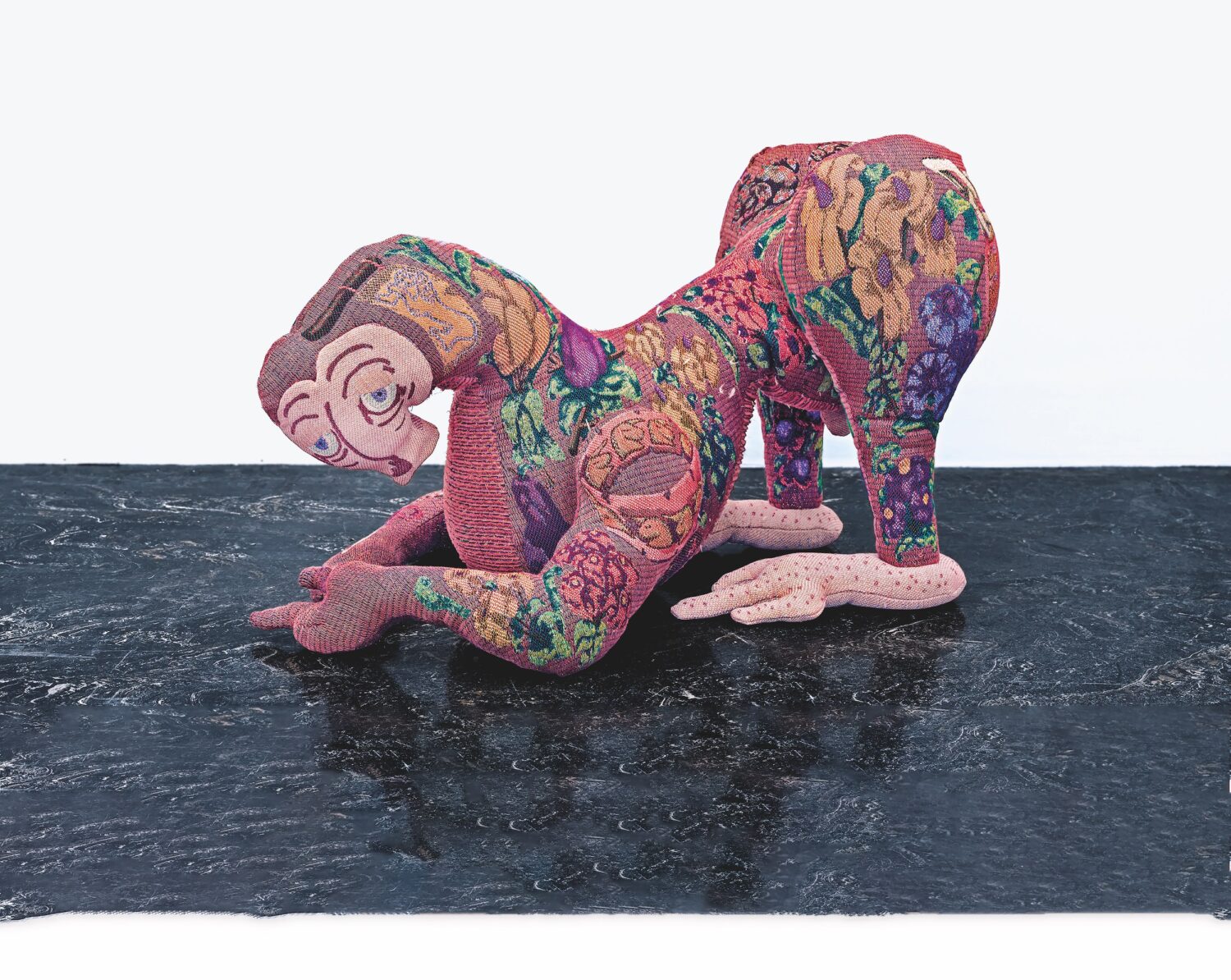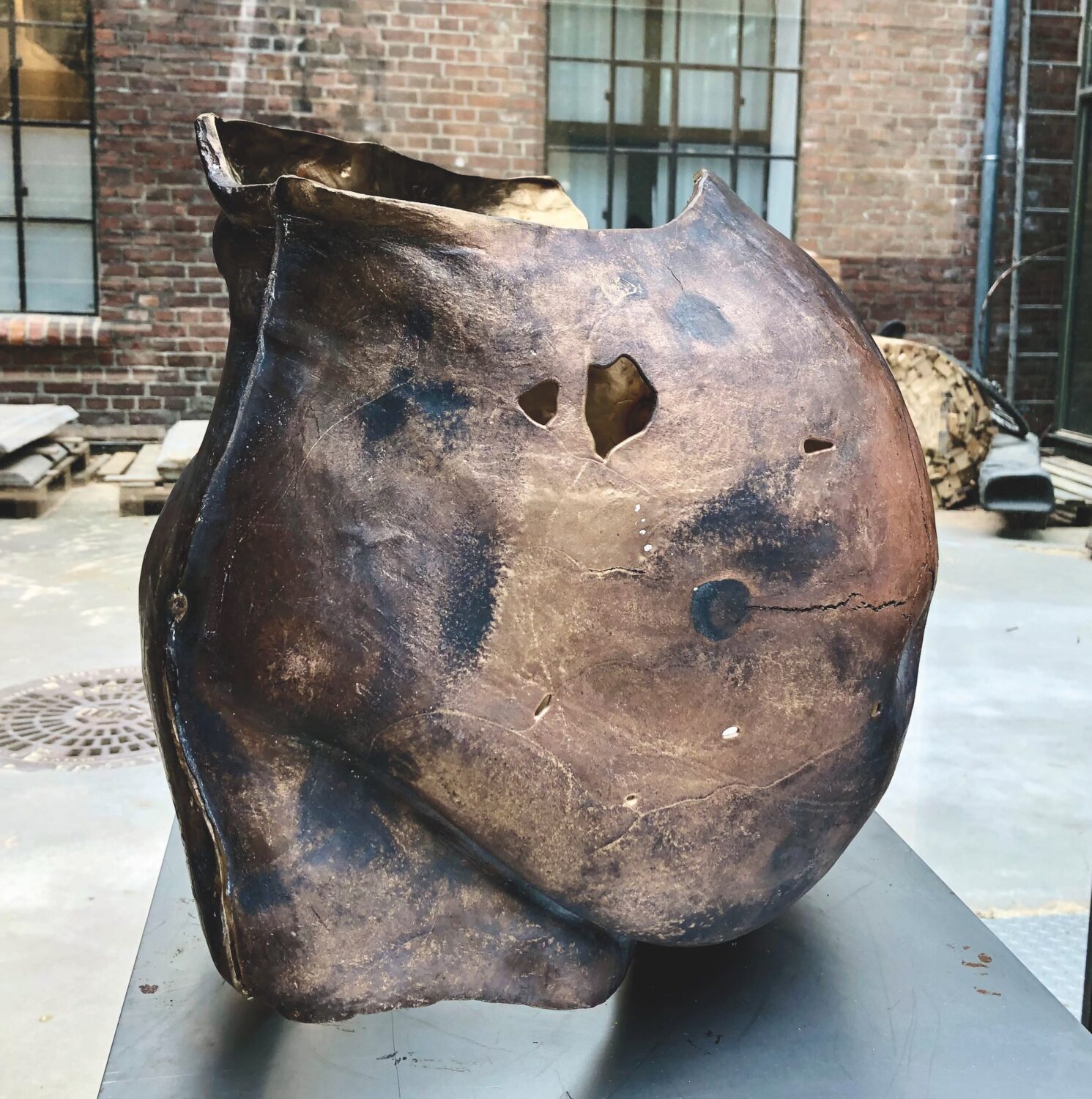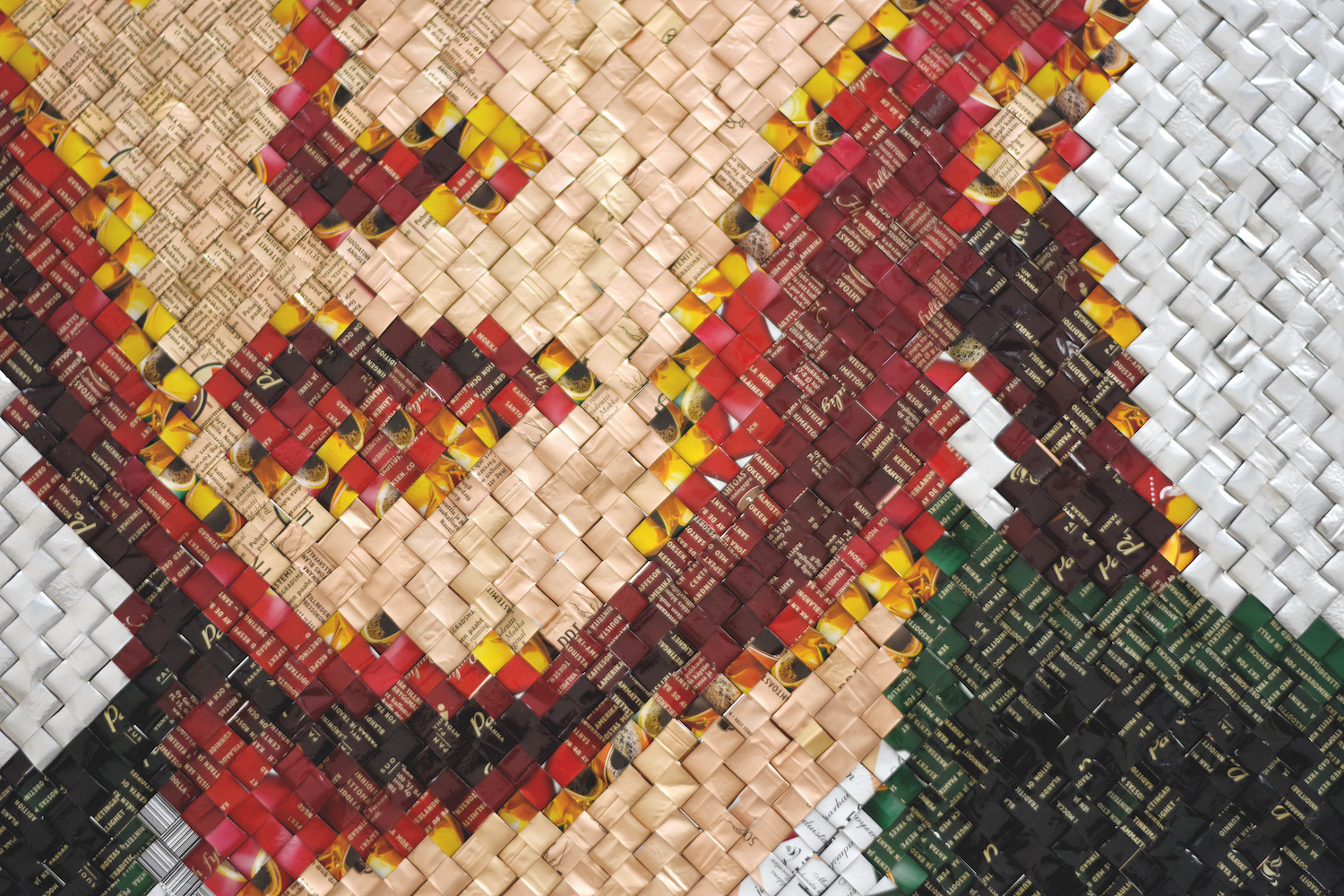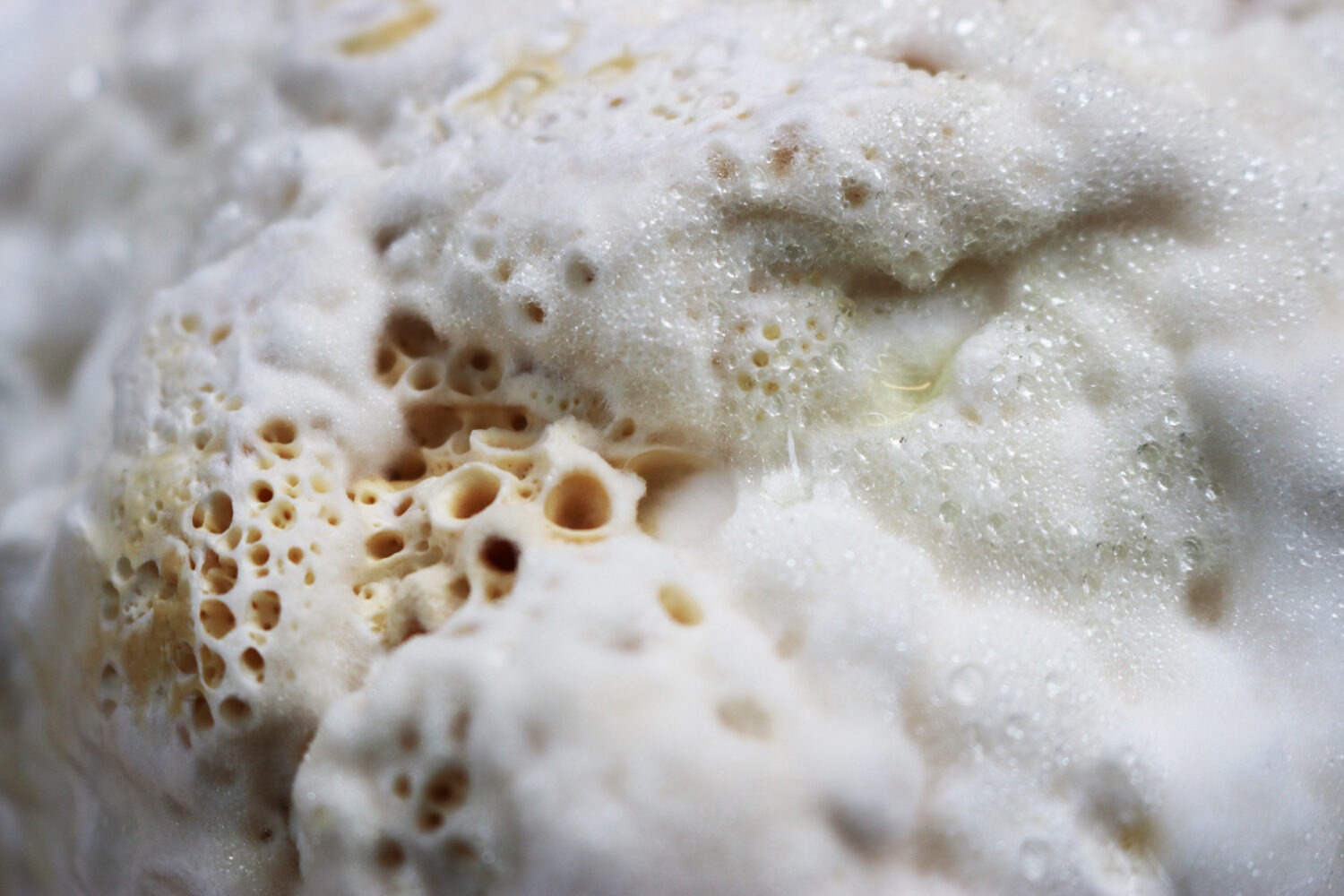In a globalized world inhabited by digital natives, it may seem old-fashioned to be presented with a geographically defined Nordic exhibition concept. Behind the initiative is a desire to present important conceptual trends in the Nordic craft scene as expressed by generation ‘Y’ (Why) or ‘Millenials’, as they are also called due to the fact that they grew up around the turn of the millennium.
In a time when we also have to move together politically, it makes sense to create forums where professionals in their 40s can strengthen the exchange. But when you consider how many of the participants are educated outside the Nordic region, and who orient themselves internationally rather than nationally and Nordically, it seems a bit far-fetched.
At eye level
Many of the works in the exhibition speak directly to us. They are ongoing and insistent projects that want our attention. We are not brushed aside in the traditional aesthetic sense, but are met by works that have a lot on their minds and that sometimes both titillate and provoke. Human internal organs such as lungs and kidneys transformed into bombastic metal jewelry in artificial colors by Lotta Snijder or, for example, Håvard Kranstad’s jacquard-woven, distinctively gendered hugging teddy bear ‘Floral Queer Bear: Sir-Love-A-Lot’, which both fascinates and repels.

Many of the participants reflect on and lash out at the current ideals of women and the body. These are contributions that exist between strong self-awareness and fragile vulnerability. When we encounter Milja Morseth’s figure-sized tapestry of a potato-drinking woman with her ‘hand in her own panties’, or Anne Brandhøj’s cracked wooden balls entitled ‘You are not perfect either’, we meet at eye level. There is also a clear statement in Renate Desiree Dahl’s problematization of fat-shaming in the work ‘BMI 41.3’, which, in the form of a sculptural cast of her own body, adds body and shame to the current stigmatization of (female) bodies outside standard measurements.

(Artistic) crafts as a marker of identity
Another track, among many in the exhibition, is the digital condition of life. The pervasive digitalization in the Nordic countries, which has removed us from many of the tactile qualities of life, plays a central role. How crafts and special traditions function as a point of reference and identity creator, and at the same time, in all its unreasonableness, speaks of the loss of the same. Crafts and handicrafts represent precious time, only competitive in shrinking niches, but at the same time, precisely because of the care, love and community invested, they are the basis for a meaningful existence.

Many of the participants treat and rework traditional crafts as personal narratives. Marthe Mindes’ yarn installation pays homage to her own heritage, which has been passed down and which she builds on. The craft technique as a marker of identity is also implicit in Swedish-Finnish artist Lisa Juntunen Roos’ pixel-woven family portrait in coffee packaging. She draws on a particular Finnish tradition from the impoverished times of the 60s, where materials were naturally recycled, which can be seen as a commentary on today’s ‘use-and-throw-away’ culture.

The resource issue is also central to Jonas Edvard’s visionary development of mushroom-based materials, which are already used in the production of lamps, among other things. Weaver Fadhel Mourali has similarly been on the hunt for new fabric. The result is a socio-economic project, rooted in his family’s basket-making past, where he has bridged the gap between waste materials and tradition to create new woven, sustainable material.
For the few
The transnational and interdisciplinary ‘Generation Why’ exhibition unfolds as an interesting double vision of what it means to be an artisan today. Here you are not ‘just’ a ceramicist, glass or textile designer, for example. In a time when everything can in principle be produced by machine, expressing yourself in a craft, technique or material becomes a conceptual superstructure that is reflected on in many nuances.
And although several of the works meet people at eye level, there are also many that are deeply rooted in the artist’s own narrative and that do not unfold easily to the viewer without the help of the very informative catalog. The contributions are implicit contributions that don’t reach out enough physically and in terms of communication. And that’s a real shame for the Round Tower’s general audience, who may miss out on the really interesting takes on the many tactile facets of existence.
Facts
Until April 28, 2024, visitors to the Round Tower (Rundetaarn) can experience ‘Generation Why’, which is composed of the three curators from Norway, Sweden and Denmark Marcia Harvey Isaksson, Vidar Koksvik and Charlotte Jul.
‘Generation Why’ opened in July 2023 at Risør Kunstpark in Norway. In 2025, the exhibition will be shown at Rian Designmuseum in Sweden.
From Denmark exhibiting
Maria Koshenkova, Morten Klitgaard, Astrid Skibsted, Jonas Edvard, Stine Bidstrup, Anne Brandhøj, Alexandru Murar, Carl Emil Jacobsen, Stine Mikkelsen, Maria Viftrup and Wang & Söderström.
From Norway exhibiting
Ina Vang, Håvard Kranstad, Renate Desiree Dahl, Ida Siebke, Ask Bjørlo, Steffen Andre Nilsen, Elin Hedberg, Lissette Escobar, Cato Løland, Marsil Andjelov Al-Mohamid and Marthe Minde.
From Sweden exhibiting
Karin Roy Andersson, Anna Nordström, Matilda Kästel, Maja Michaeldotter, Lisa Juntunen Roos, Milja Morset, Emilia Olofdotter Sundqvist, Fadhel Mourali, Maja Stjärna and Lotta Snijder.
From Iceland exhibits
Ýr Jóhannsdóttir
More knowledge
Learn more about the field of craft and design. Dive into the textiles, the exhibitions and the hands behind it all. Formkraft’s archive contains several exciting articles that can be read for free. Here are some suggestions:
Textiles are making another comeback by Pernille Anker Kristensen
Exhibition architecture – an experience and a process by Johan Carlsson
Investigation, reflection and influence by Mette Bielefeldt Bruun
The hand behind it all by Heidi Laura


